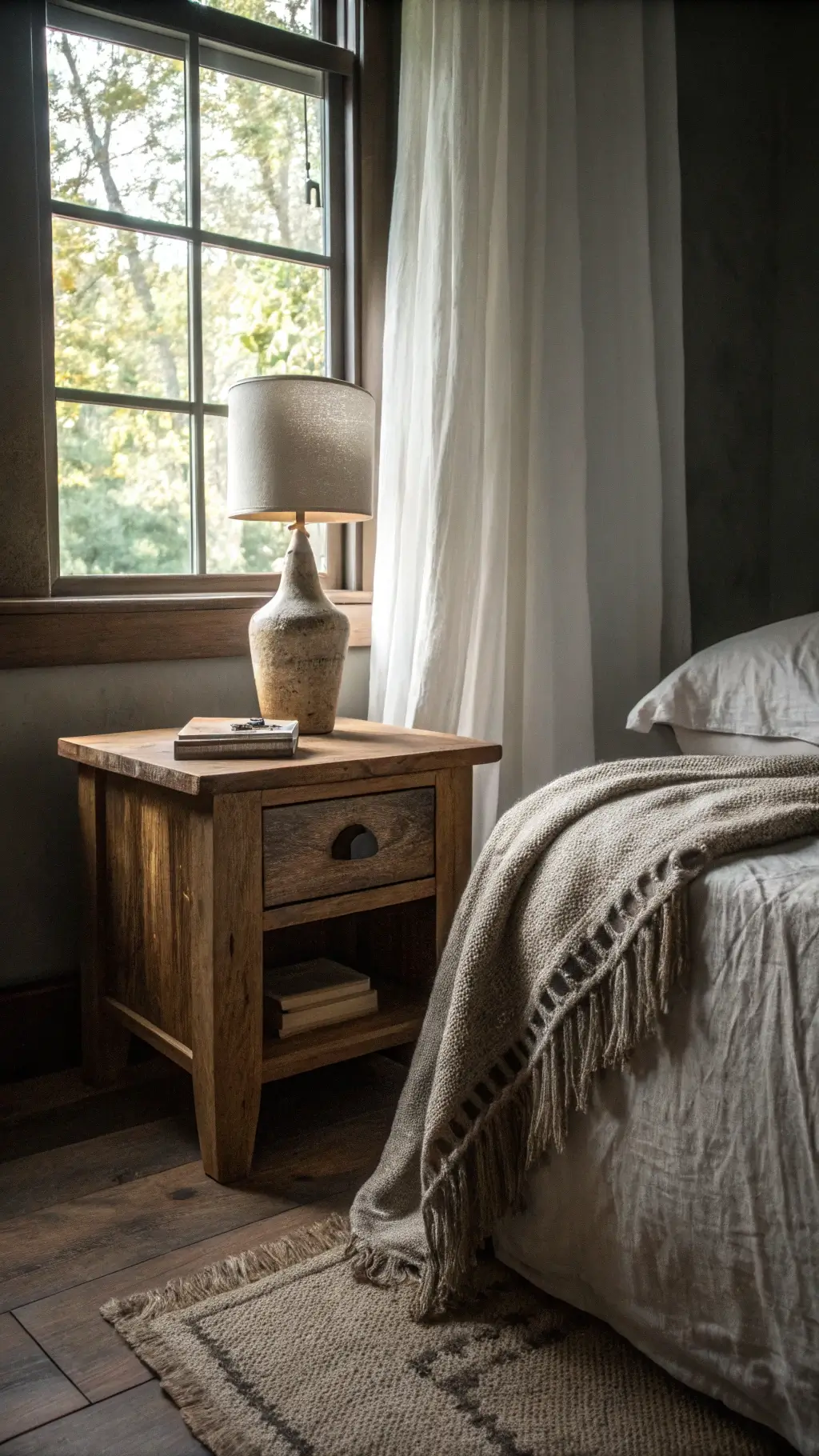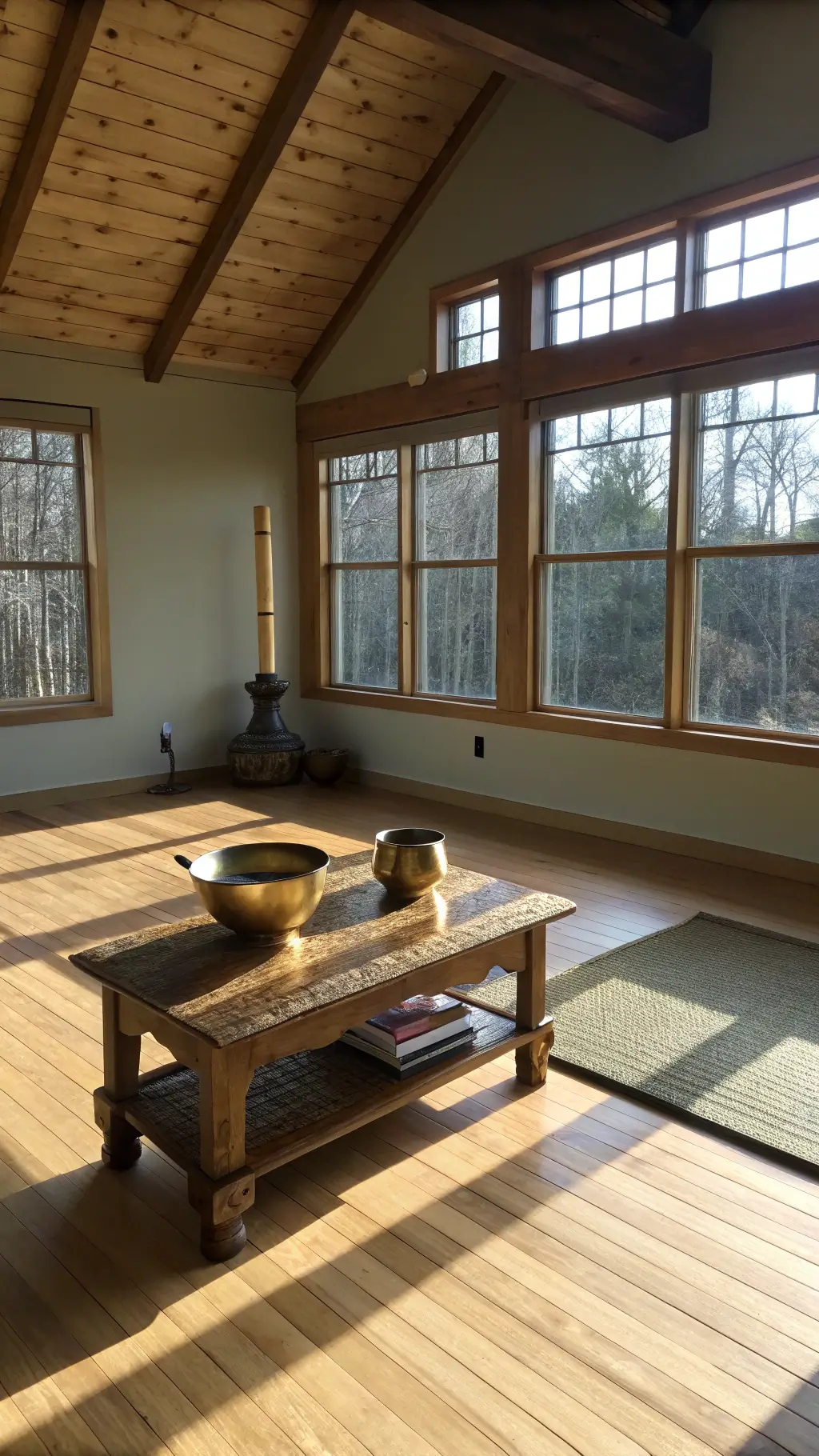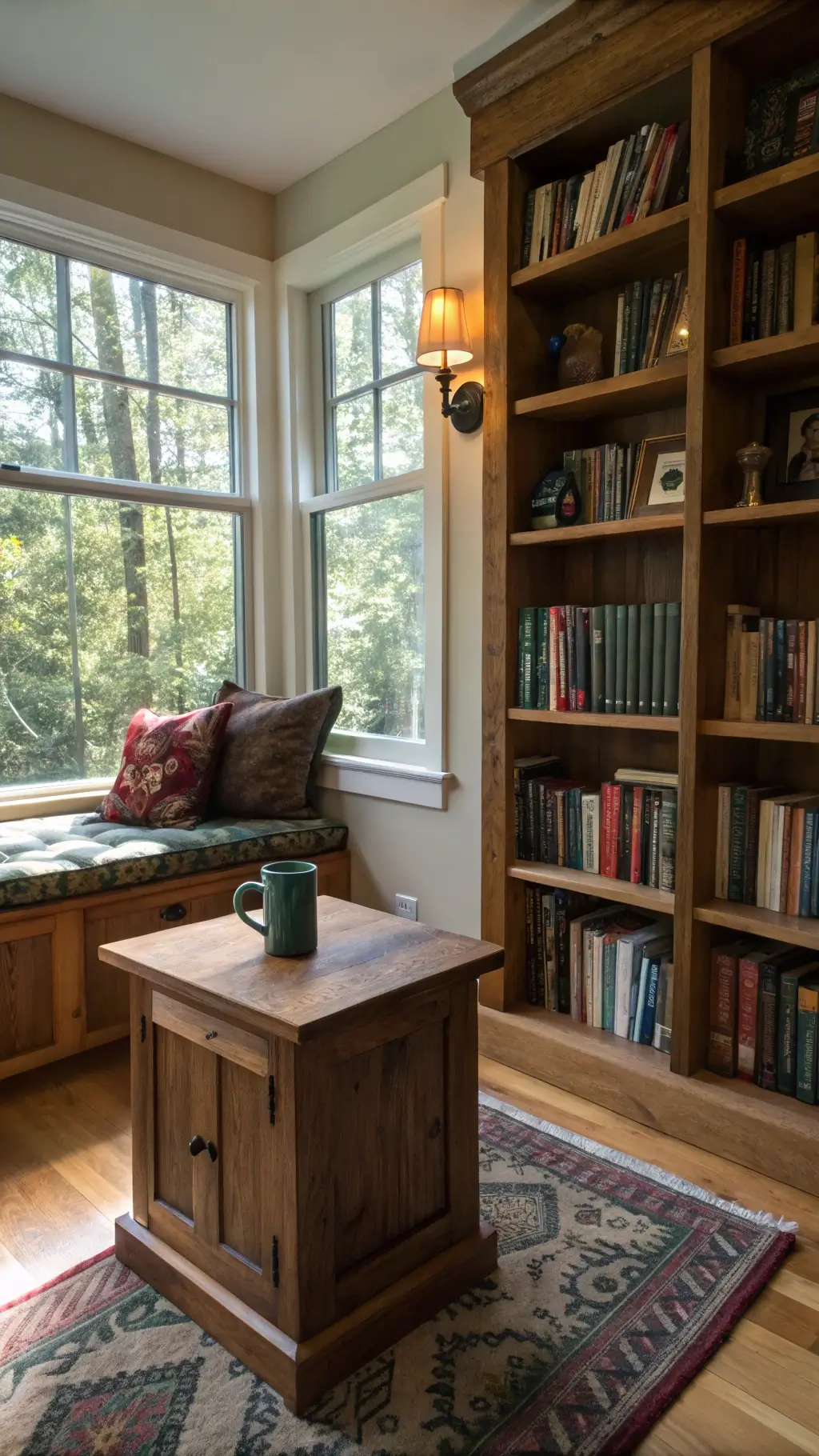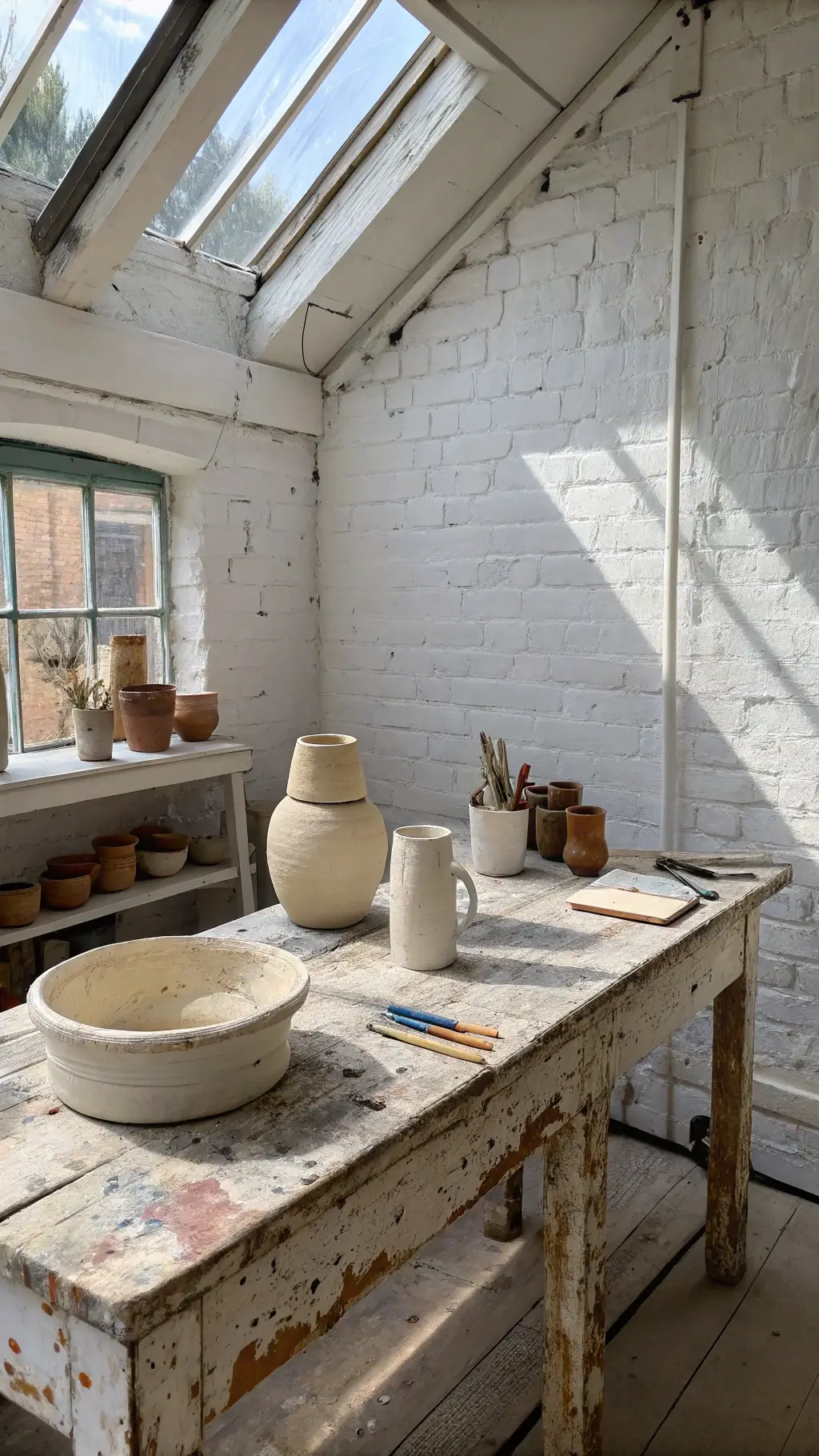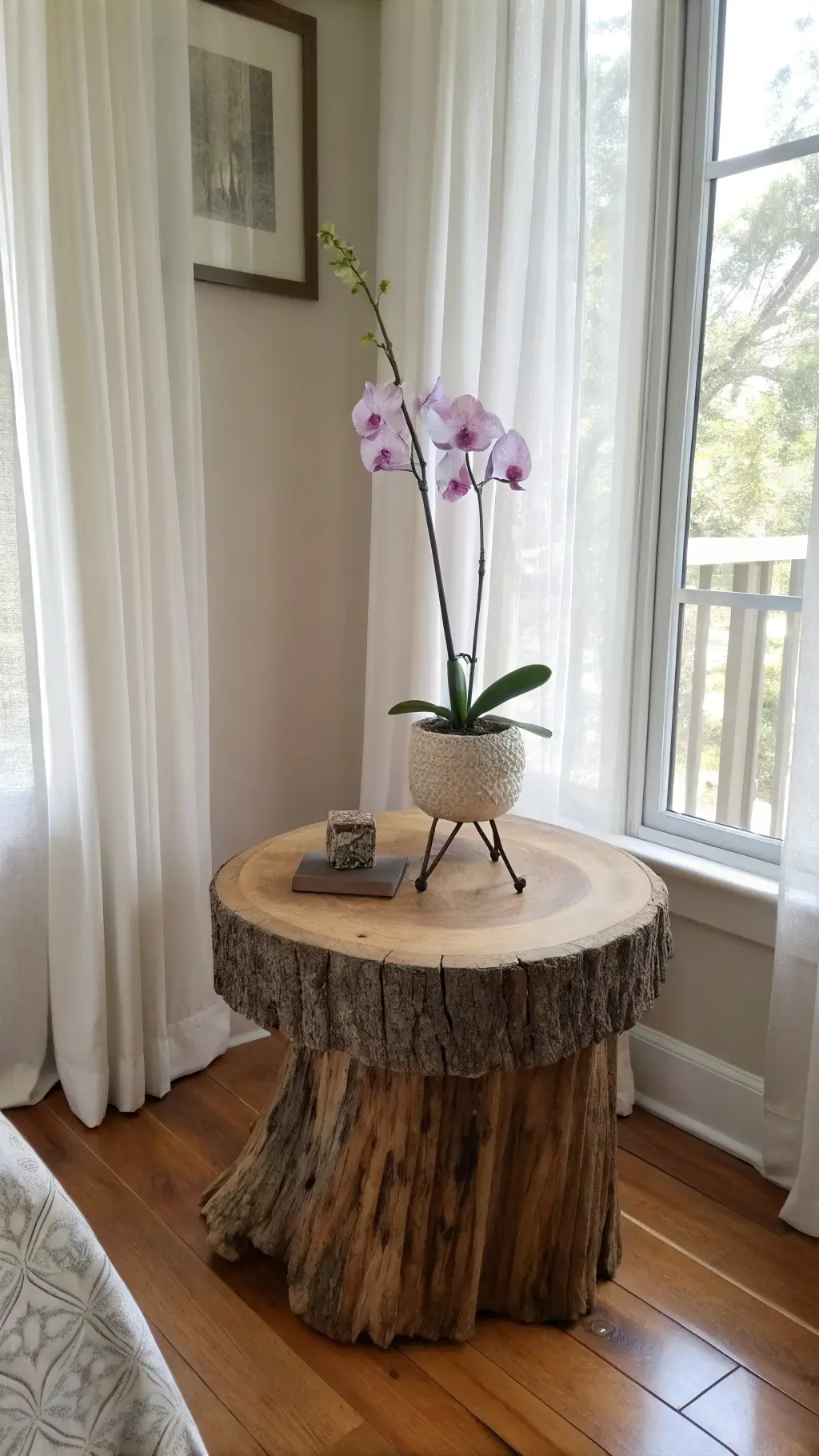What Makes a Wabi Sabi Side Table Magical?
The moment I discovered wabi sabi side tables, my entire perspective on furniture changed forever.
Imagine a side table that tells a story. Not a perfect, manufactured tale, but a raw, authentic narrative of natural beauty and time’s gentle touch.
Key Characteristics That Define Wabi Sabi Side Tables:
- Celebrates imperfection as true beauty
- Crafted from pure, minimally processed materials
- Honors the natural aging process of wood
- Reflects a deep connection to organic design principles
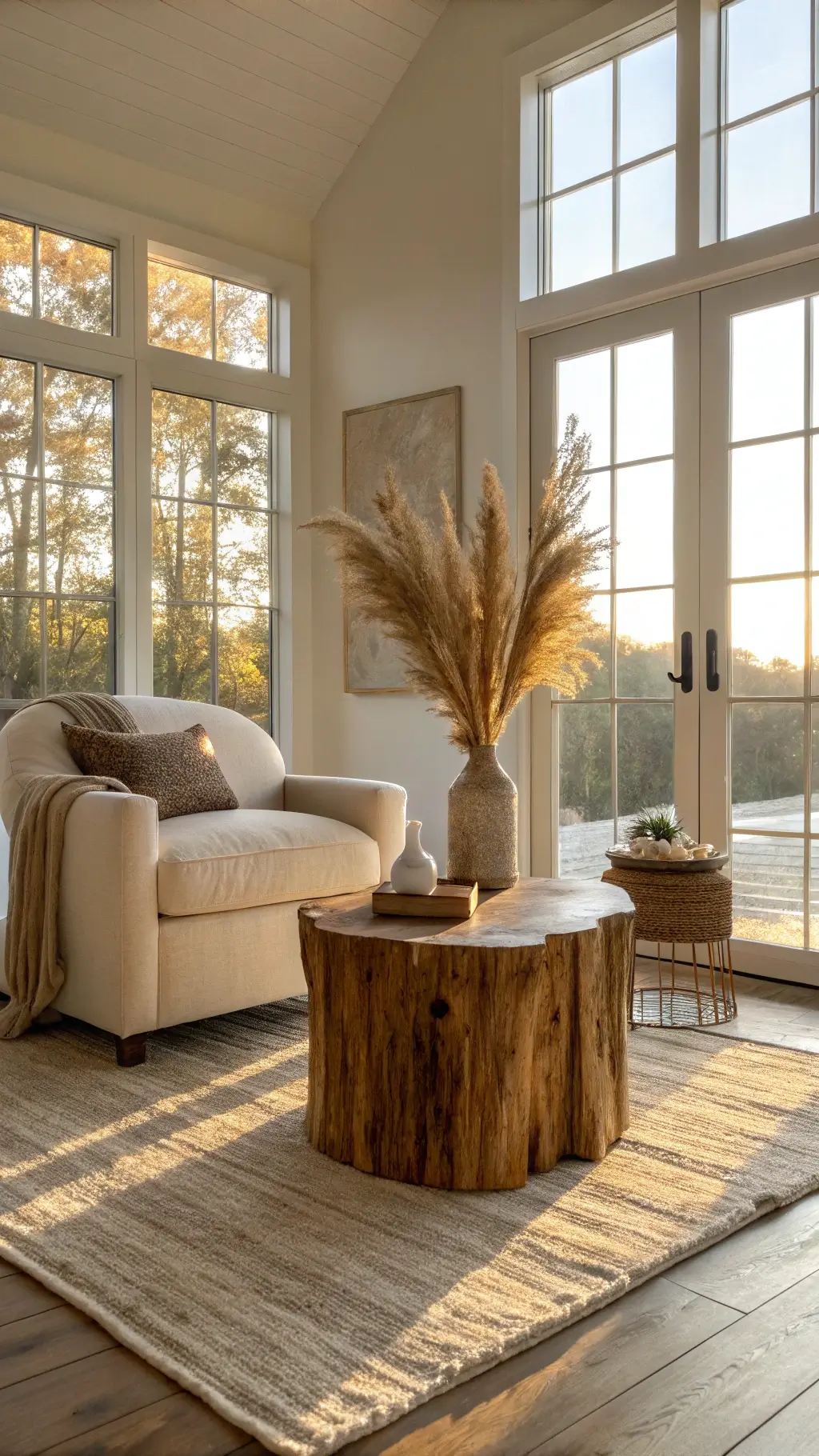
Materials That Speak Volumes
Wood Selection Matters:
- Solid wood: Teak, oak, elm, cedar
- Reclaimed timber with unique character
- Surfaces that showcase natural grain and texture
- Minimal processing to preserve authentic essence
Design Philosophies Beyond Furniture
Wabi sabi isn’t just a style—it’s a profound Japanese philosophy embracing:
- Transience
- Simplicity
- Authenticity
- Appreciation of natural wear
Styling Your Space with Wabi Sabi Magic
Placement Recommendations:
- Beside cozy reading chairs
- As elegant nightstands
- Near large windows with natural light
- Complementing minimalist or nature-inspired interiors
Where to Find Your Perfect Piece
Top Shopping Destinations:
- Etsy: Handmade, unique artisan pieces
- 1stDibs: Curated vintage collections
- Specialty furniture stores with organic design collections
Price Considerations
Investment Range:
- Budget-friendly: $150-$500
- Mid-range artisan pieces: $500-$1,500
- Collector’s vintage items: $2,000-$10,000+
Pro Styling Tips
Creating Harmonious Spaces:
- Pair with neutral, textured fabrics
- Use minimal decorative elements
- Allow negative space to breathe
- Mix with soft, organic textures
What to Avoid
Design Mistakes to Sidestep:
- Over-cluttering the table
- Choosing overly polished, perfect surfaces
- Ignoring the piece’s natural character
- Forcing rigid symmetry
The Emotional Connection
Wabi sabi side tables aren’t just furniture. They’re conversation pieces that whisper stories of resilience, beauty in imperfection, and nature’s gentle transformation.
“True beauty exists in life’s beautiful imperfections.” – Japanese Proverb
Quick Reference Guide
| Feature | Description |
|---|---|
| Material | Natural wood, minimally processed |
| Style | Organic, asymmetrical, authentic |
| Color Palette | Earthy neutrals, wood tones |
| Price Range | $150 – $10,000 |
| Best Suited For | Minimalist, nature-inspired interiors |
Embrace the wabi sabi side table—where every crack, knot, and grain tells a remarkable story of timeless beauty.

